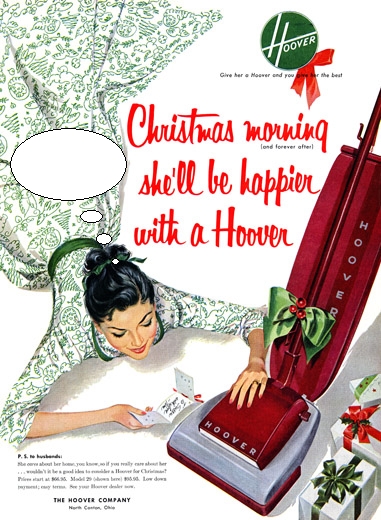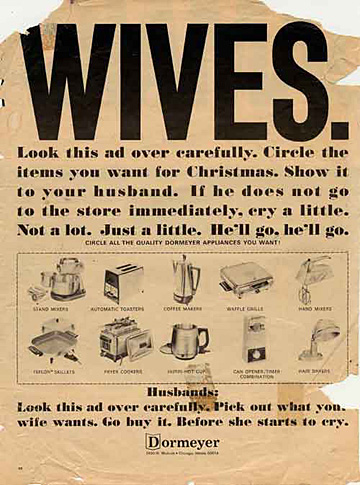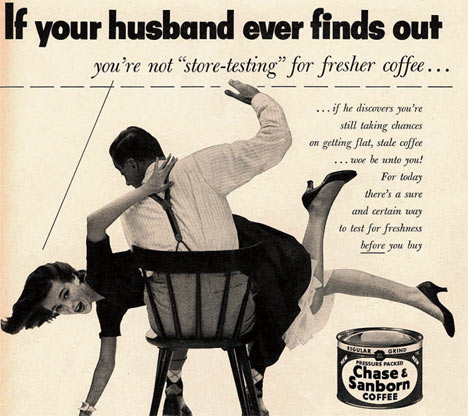-
Recent Posts
Recent Comments
- y8 happy wheels on 1950s Ads/commercials aimed at Women
- gorzow nieruchomosci on 19th century Household Technology
- When it comes to personal loans USA | 7N4ctwqy on Pros vs Cons of Gay Marriage
- idaho virtual office on Experience of Surrogacy
- Gansu, said construction lax control caused the day of a highspeed 31 kilo | www.louboutinpascher1221magasin.frkalF on Surrogacy in India
Frequent Topics
- 20th century
- 1950s
- Adolescents
- american dream
- anonymous
- birth
- census 2011
- childhood obesity
- children
- children under 2
- chores
- Christian fundamentalist
- commercial
- consumerism
- eugenics
- Family
- female targets
- Foucault
- gay
- Gay Marriage
- guest workers
- home economics
- homosexuality
- Homosexual Warning
- household roles
- Immigrants Hope Their 'American Dream' Isn't Fading
- kitchen
- majority not white
- marketing
- Media & Advertising
- minorities
- motherhood
- New York Times
- privacy
- Pros vs Cons of Gay Marriage
- school
- segmented marketing
- Slavery
- Social Media
- social network
- surrogacy
- television
- us population
- women
Archives
Categories
Meta
Tag Archives: sexism
1950s Ads/commercials aimed at Women
In the 1950s women were the primary consumers; the ones who made decisions on what was needed at home. Therefore I was curious on how did the market researchers of the 1950s and 1960s market products to women. The first one is a commercial for a refrigerator from the 1950s made by the company Kelvinator Refrigerator. It reminded me of the “more is better” state of mind during this period. For everyone who sees it, please note the amount of food in that refrigerator (LOL). It made me wonder how many people lived in this home during this time.
Apart from finding the conventional cheerful ads from these times, I did encounter some that were not so jolly but quite sexist. Coming from a post-feminist perspective I thought they were quite hilarious. But I think it is interesting that albeit the sexist remarks projected by the ads, these women still bought the products marketed to them. Even if it continued to reaffirm the stereotypes of women during these decades. Most of the advertisement I came by during this period were either made for white women/wives/mothers and white families. But looking ahead in the late 1960s, I did see the transition into market segmentation. More ads were aimed at African Americans than before. What follows were ads marketing to women in the 1950s:






I particularly enjoy the last one because during these time researchers were also understanding that women were not the only ones they should market to; but men also.


